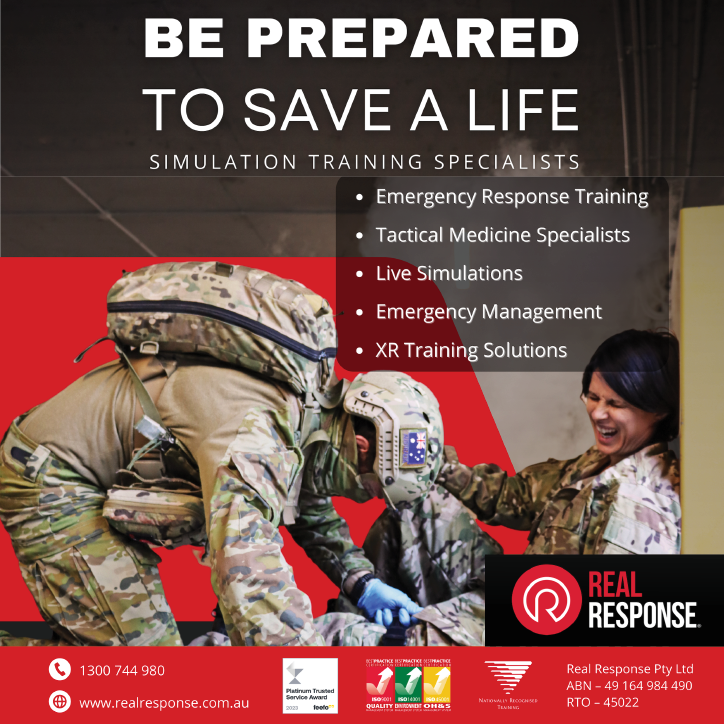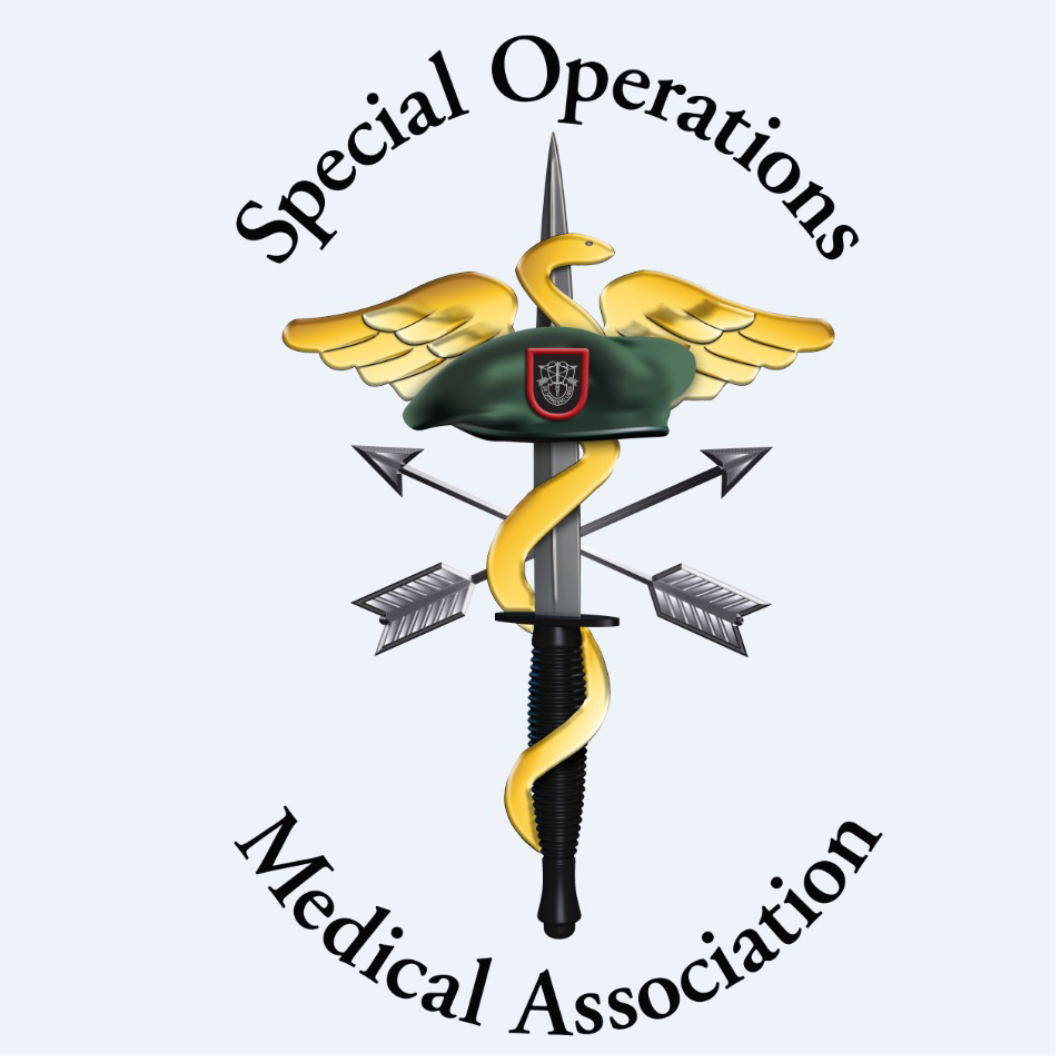Volume 5 Number 1
Thinking in bets – making smarter decisions when you don’t have all the facts by Annie Duke
Matthew M Watson, Joseph Dawson
For referencing Watson M, Dawson J. Thinking in bets – making smarter decisions when you don’t have all the facts. JHTAM 2023; 5(1):28-29.
DOI
https://doi.org/10.33235/JHTAM.5.1.28-29
Submitted 23 April 2023
Accepted 24 May 2023

“Medicine is a science of uncertainty and an art of probability’’
– William Osler1.
Thinking in bets – making smarter decisions when you don’t have all the facts2 aims to help embrace uncertainty and make better decisions in life and work. Whilst it’s applicable to everyday life, its relevance to high-stakes decision-makers is obvious, in particular healthcare first responders who often have to make decisions based on initial impressions and intuition3. Annie Duke highlights that this is not a poker book, but rather she draws on her psychology background and 20-year career as a professional poker player, competing and learning in what she describes as a decision strategy “laboratory”. She complements her experiences with examples from other industries including sports, business, politics, law, science, geopolitical policy, and the military.
She starts by asking us to reframe decisions as “bets”. Initially this feels unnatural; we are more familiar with bets characterised by zero-sum gambling as opposed to intricate real-world decisions. But she argues that “probabilistic thinking” is a far better way to make decisions, and indeed to view the world, than relying on our default primordial cognitive biases. By moving away from having to be 100% sure, by getting comfortable with saying ‘I don’t know’, she argues that you unlock more nuanced thinking, whilst also encouraging the contribution of others, an essential defence against “blind-spot” bias. The overarching benefit of probabilistic thinking is that rather than attributing decision-outcomes entirely to the skills that we control, we also give due consideration to two vitally important but concealed and uncontrollable influencers on outcomes – hidden information and luck. Typically, we incorrectly believe there is a simple and strong relationship between skills and outcomes, unable to separate skill from luck. By considering these covert influences, we move away from the ubiquitous but ineffective practices of “resulting” (judging the quality of decisions based purely on their outcome) and “hindsight bias” (the tendency to consider an outcome as inevitable after it is known). By following Duke’s recommendations, we hone a superior evaluation of the quality of decisions, by objectively judging them on process, not outcome. In this way we enrich future decision-making by not dismissing good decisions where bad luck led to a poor outcome, and by recognising when good outcomes were the result of good luck concealing bad decisions. The benefit of this uneasy introspection is richer learning opportunities and better future decision-making.
Chapter 1: Life is like poker, not chess introduces the key concept that good (and bad) outcomes do not necessarily result from good (and bad) decisions. Game theory explains why hidden information and luck means that life mirrors poker rather than chess. Whilst our species thrived using “fast thinking” to identify predictable connections, these cognitive biases now wreak havoc on our decisions in the modern world.
Chapter 2: Wanna bet? expands on the dangers of these ingrained belief systems, where formed heuristics without vetting leads to “narrative” and “blind-spot” cognitive biases. These explain our natural tendency to avoid “truthseeking”, the desire to know the truth regardless of whether it aligns with our beliefs. As a consequence, new contradictory information is considered an assault on our self-narrative, with the result that we either discredit or ignore it. Learning to say ‘I’m unsure’ opens the door to personal reflection, whilst encouraging others to contribute without implying that you are wrong.
Chapter 3: Bet to learn: fielding the unfolding future describes the benefit of “outcome fielding”, that is learning from outcomes. It makes the insightful observation that an expert is not someone who is merely experienced, but one who has actively reflected on their experience.
Chapter 4: The buddy system is used to emphasise the vital importance of inviting others with diverse opinions to highlight your errors and blind-spots. Because we naturally gravitate towards like-minded people, and harbour a strong and incentivising craving for approval, we habitually exhibit “confirmatory thought’” or “groupthink”, the antithesis of good decision-making. We can avoid creating such “echo chambers” by focusing on accuracy, accountability and openness to diversity of perspective. Recognising that we can’t ultimately know the truth of a matter without hearing the other side has led to certain agencies such as the CIA to actively encourage dissent through “red teaming”.
Chapter 5: Dissent to win expands on the importance of group diversity with the concept of constructive scepticism. Modern day examples of organised scepticism were preceded by the “devil’s advocate” introduced by the Catholic Church to provide arguments against sainthood prior to canonising. Personal biases are again highlighted, including the inclination to “shoot the message”, discrediting good information from people we dislike, and accepting information without vetting from people we like.
Chapter 6 – ‘Adventures in Mental Time Travel’ – The final chapter focuses on practical methods such as precommitment contracts to counteract ‘temporal discounting’, the ‘decision swear jar’ to highlight language and thinking patterns that veer from truthseeking, and being tuned-in to the psychological and physiological warning signs of a poker player’s worst enemy, ‘Tilt’ (Figure 1).

Figure 1 – ‘Tilt’ is a term derived from pinball to describe emotionally-driven decision-making fuelled by bad outcomes, resulting in a downward spiral of irrational decisions. In pinball ‘tilt’ occurs following an over-zealous jolt (bad outcome), resulting in the machines sensors shutting down the flippers and controls (the rational prefrontal cortex), leaving only pinging and flashing lights (the irrational amygdala) until the ball is re-set.
It finishes by blending past experiences with future “reconnaissance” for “scenario planning”, imagining how a range of possible futures may unfold. This involves the two contradictory but complementary processes of “backcasting” and “premortem” to correct the distorted view we get from looking at the future from the present. Backcasting is the process of working backwards from a positive event, and a premortem is working back from a bad outcome, shrinking our naturally optimistic tendency towards unrealistic positive outcomes.
We all make innumerable decisions of varying importance throughout our lives, and as such this book has universal appeal to anyone trying to become a better decision-maker. It doesn’t provide a quick ‘checklist’ to help you make a ‘good’ decision now, nor offer you the tools to be more ‘decisive’. Instead, it provides a well-written and referenced philosophical framework which allows you to consider how you process information that informs decision-making and learning. The first half of the book introduces these principles whilst avoiding the pseudo-science feel that some non-fiction books have. Whilst it is somewhat repetitive in the earlier chapters, it allows the reader to implement these principals into actionable approaches by the end of the book. As such, it offers enormous value to those who are genuinely interested in improving their decision-making. Whilst it will come as no surprise that there is no quick hack for this complex process, the book’s narrative ignites a slow burn, allowing you to consider how you process information that informs not only your decision-making and learning, but your opinions and viewpoints as a whole. This requires an honest acknowledgement of personal biases, self-narrative, susceptibility to disinformation, “groupthink”, desire to conform, craving for approval, tendency to gravitate to like-minded people, and avoidance of those with dissenting opinions. Whilst this introspection can be challenging, it allows us to re-programme our inherent cognitive biases to achieve not only better decision-making and richer learning experiences, but also to be more open, reflective, compassionate, and welcoming of alternative viewpoints.
Author(s)
Matthew M Watson1, Joseph Dawson1,2
1Department of Vascular & Endovascular Surgery, Royal Adelaide Hospital, Adelaide, SA, Australia
2Department Trauma, General Surgery and Surgical Oncology Unit, Royal Adelaide Hospital, Adelaide, SA, Australia
References
- Silverman M, Murrary TJ, Bryan CS. The quotable Osler. Philadelphia, PA: American College of Physicians; 2008.
- Duke A. Thinking in bets – making smarter decisions when you don’t have all the facts. Portfolio/Penguin; 2018. ISBN 978-0-7352-1637-2.
- Jones CMC, Cushman JT, Lerner EB et al. Prehospital trauma triage decision-making: a model of what happens between the 911 call and the hospital. Prehosp Emerg Care 2016;20:6–14.







